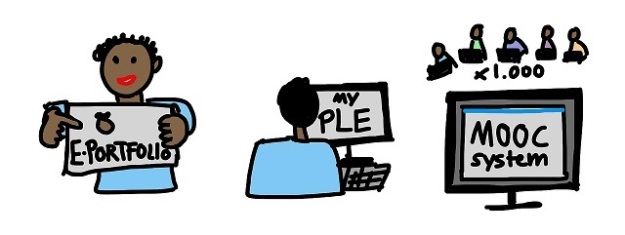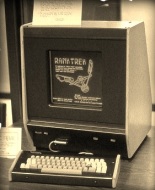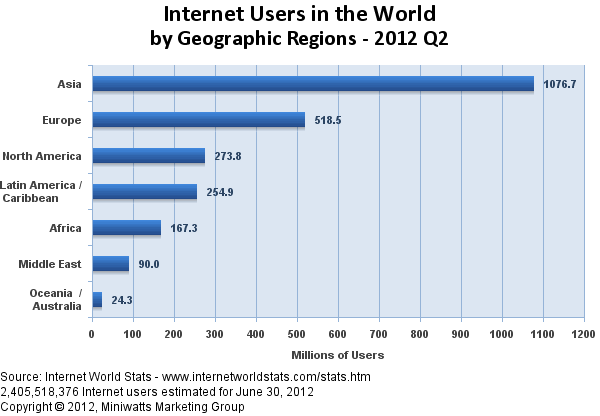Mobile Learning Design
By Mark Sivy
The use of mobile devices such as smartphones and tablets has greatly increased the past few years. More people are now accessing learning content via their favored piece of portable tech…assuming that the content is mobile ready. Preparing content and resources to include mobile learning requires specialized responsive design practices such as:
- Should be specifically designed to be visible and interactive on a variety of devices.
- Addresses immediate personal learning needs – concise and on-demand.
- Allows for content retrieval that is self-directed and self-paced.
- Empowers the learner to take more responsibility for their learning.
- Facilitates immediate learner collaboration and communication.
Development
The development of mobile learning requires the consideration of multiple points. So for starters, a general recommendation that can be applied at all levels is to Keep It Simple. Overall, the design should be clean, easy to navigate, and ubiquitously functional. Remember mobile learning is NOT about adapting or squeezing entire e-learning courses for delivery to a mobile device, but is more about just-in-time or chunked information. The design and development needs to be originally created for mobile learning, and every learning situation is unique.
Considerations
Before getting into specifics, here are some overarching considerations to get you thinking:
- Know the digital devices the learners will be using. What operating systems will be used? Will the content stream through wireless or mobile services? What size screens do the devices have?
- Know the recipients of the content. Will they be teenagers, young adults, or adults? What languages do they speak? Are they full-time learners or employees? Are there any accessibility considerations?
- Know your development tools and formats. Will the content be text, audio, or video? What screen orientation will be used? Will Flash or HTML5 be used and how? Are your development technologies supportive of mobile device content?
- Know the subject matter and how it is best presented. How interactive should it be? What learning theories will be applied? How can it be chunked for mobile learning? What strategies will be used to present and connect the chunks into a course learning sequence?
Now getting down to the nitty gritty, there are several developmental elements that need to be considered. Next you will find these elements and some associated points for each.
The Learner
- Hold each learning segment to a maximum of 10 minutes.
- Keep scrolling to a minimum.
- Try to avoid external links, but notify the learners if you use them.
- If you quiz, keep questions and responses short.
- Consider how the learner will input or interact with the device.
- Involve learners in development and usability testing.
The Technology
- The interface should be simple and intuitive.
- Try to use formats that are cross-compatible with multiple devices.
- If a specific device will be used (i.e., iPad or Chromebook), then research and design accordingly.
- Be considerate of bandwidth limitations.
- Optimize audio and video files or files that will be downloaded.
The Visual Design
- Use a white background
- Keep the visuals and font clean and simple
- Use images instead of descriptive text when possible
- Don’t use text in images
- Apply bold and strong visuals
- Keep font no less than 12pt
- Use large, well-place buttons
The Content Design
- Keep text focused, relevant, and minimalistic.
- Be creative.
- Apply appropriate learning theories and guidelines.
- Use an agile learning development process combined with an instructional systems design approach such as ADDIE.
- Have developers and learners preview the design.
Reflection Point – “One training event is not sufficient for people to transfer learning to new situations. If you are seeking strong retention and learning transfer, people need distributed learning and performance support.” ~ Connie Malamed











